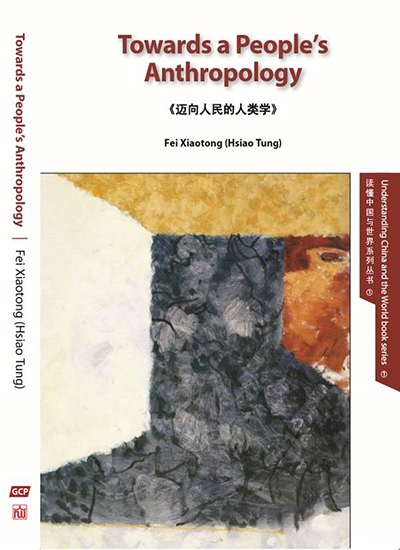Description
Global Century Press style rules for Chinese names
- Normally a Chinese surname (or family name) is composed of a single Chinese character (e.g. Zhao, Qian, Sun or Li), and occasionally two Chinese characters (e.g. Ouyang).
- In common usage Chinese names are written surname first (typically shorter), followed by first names (typically longer because they are composed of two Chinese characters, e.g. Wang Laowu, sometimes with ‘-’ in the middle).
- In practice, overseas Chinese always put their surnames last in accordance with English name order, e.g. Laowu Wang. Some Chinese first names are composed of a single character, e.g. Zhang San, or ZHANG San, in some cases.
- In addition, some well-known names are based on conventional rules. Namely, they follow the order of Chinese names and do not capitalize surnames, such as: Fei Xiaotong, Zhang Yimeng.
- In our publications, if you see a surname in front of first names you can assume that person is mainland Chinese. All Chinese names are written in pinyin form, which is not italicized, as is the case for names of places, e.g. Beijing or Shanghai.
- There are exceptions, as individuals sometimes present their English names in their own way, which are acceptable.
全球世纪出版社中文名字英文显示体例
- 一般而言, 中文姓氏 (或家族姓氏) 由一个汉字构成 (例如: 赵、钱、 孙、李), 有时由两个汉字组成 (例如: 欧阳)。
- 中文人名的写法, 在一般使用上, 先写姓氏 (一般较短的), 再来是 名 (一般较长的) [因为它们由两个中文字组成, 例如: 王老五 (Wang Laowu), 有时候, 在中间加上分号 (-) 来连接人名的两个汉字。]
- 在实际运用上, 海外华人总是将他们姓放在最后, 以英文姓名顺序 来书写, 例如: 老五王 (Laowu Wang)。有些中文人名由一个汉字组 成, 例如: 张三 (Zhang San 或 ZHANG San)。
- 此外, 一些广为人知的名字的拼音根据约定俗成规则,也是按照中 文姓名顺序并且姓氏不用大写, 如: 费孝通 (Fei Xiaotong), 张艺谋 (Zhang Yimeng)。
- 在本社出版物中, 如果你看到姓放在名的前面, 你可以推测那个人 是来自中国大陆。所有中文姓名由拼音形式呈现, 而不是以斜体字 呈现,地名也是如此, 例如: 北京或上海 (Beijing, Shanghai)。
- 名字的使用方式因人而异, 也有例外。



